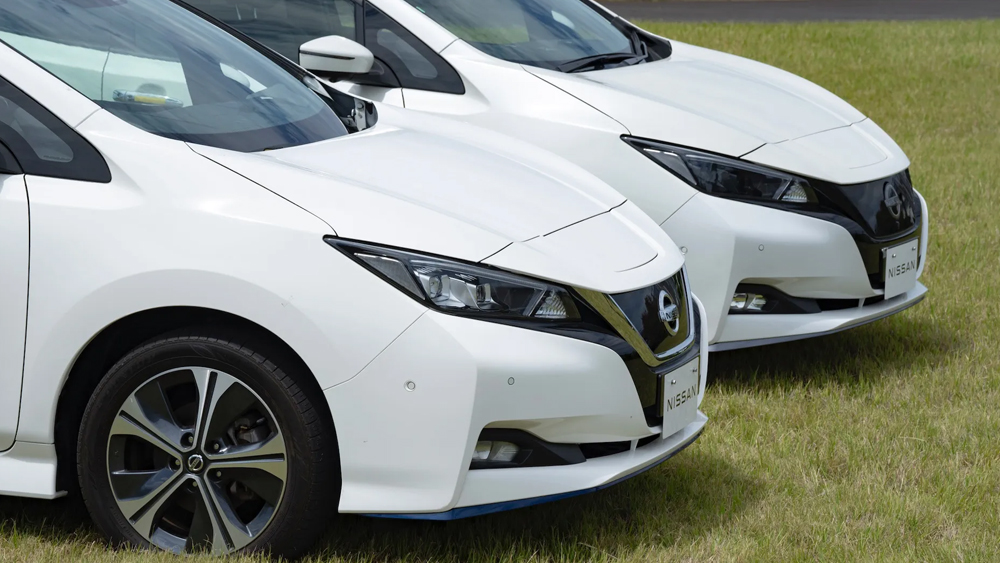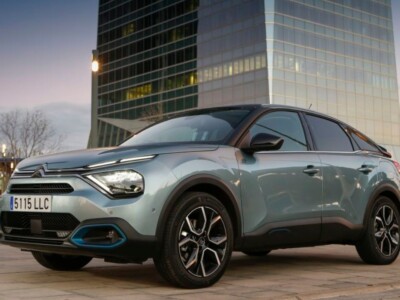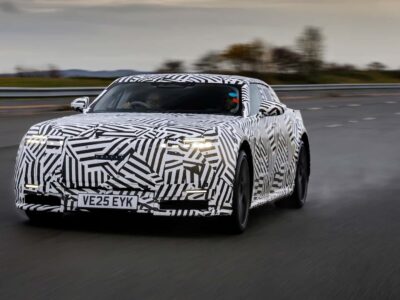
Nissan is exploring innovative paint technology that could significantly enhance the driving experience by reducing the temperature inside vehicle cabins, thereby lowering the need for air conditioning and, consequently, energy consumption. This new technology could be particularly impactful for electric vehicles, where energy efficiency is crucial.
The paint in question incorporates a “metamaterial,” an advanced compound containing two types of particles designed to react to light in a way that reduces heat. According to Nissan, one of these particles reflects the near-infrared rays of the sun, which are primarily responsible for molecular vibrations in the paint resin that generate heat. The second particle works by diverting energy away from the painted surface through electromagnetic waves, thus preventing heat from transferring into the vehicle’s interior.
The result of this combination is a significant reduction in temperature on treated surfaces. In tests conducted by Nissan, a vehicle parked in the sun and covered with this special paint experienced a 21.6-degree Fahrenheit decrease in surface temperature and a 9-degree Fahrenheit decrease in cabin temperature compared to a conventional vehicle.
This technology could be especially useful for vehicles parked in the sun for extended periods, a common scenario in many parts of the world. The reduced heat buildup inside the cabin means that air conditioning systems wouldn’t have to work as hard to cool the interior, reducing the load on the engine in internal combustion vehicles and decreasing battery consumption in electric vehicles.
Although the idea of paint that keeps surfaces cool is not new, Nissan is innovating by adapting this technology, which is generally used in buildings, for automotive applications. Traditionally, these paints are very thick and require roller application, and they lack a clear topcoat, making them less suitable for vehicle use. However, Nissan began developing an automotive-adapted version in 2021, and after testing more than 100 samples, has made significant progress in perfecting this technology.
The current version of this paint, which Nissan began testing in November 2023 at Tokyo-Haneda Airport, is approximately 120 microns thick, about six times thicker than typical automotive paint. Despite its greater thickness, it can be applied with a standard spray gun and meets Nissan’s rigorous standards for chip resistance, scratch resistance, and damage from salt and chemicals, in addition to being easily repairable.
Nissan plans to continue developing thinner versions of this paint for potential use in production vehicles. However, this technology is likely to be initially offered as a special order item, primarily for fleet vehicles that spend a lot of time outdoors, where the benefits of a cooler cabin would be more apparent.
In addition to reducing the energy demand of air conditioning, this technology could help preserve the batteries of electric vehicles, which tend to degrade more quickly in hot climates. While batteries don’t usually fail suddenly due to heat, measures such as parking in the shade or keeping the battery half-charged if the vehicle will be exposed to high temperatures for extended periods can also help maintain their performance and longevity.
This type of innovation is key to developing more efficient and sustainable vehicles. For those interested in staying updated on the latest trends and technologies in the automotive world, be sure to visit yacarros.com, where you’ll find a wide variety of options and the latest news on buying and selling vehicles.







